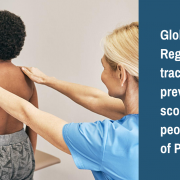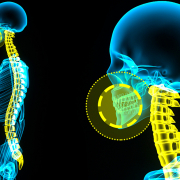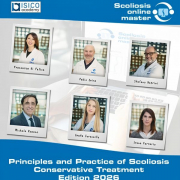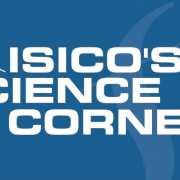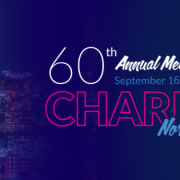Medications and Low Back Pain: an ISICO commentary of a Cochrane review
The Cochrane review “Pharmacological treatments for low back pain in adults: an overview of Cochrane Reviews” has recently been published. This extensive and methodologically robust work significantly updates our understanding of the effectiveness—and the limitations—of the medications most commonly used for low back pain: from paracetamol to NSAIDs, as well as muscle relaxants, opioids, antidepressants, and antiepileptics.
Alongside the review, an editorial commentary by Prof. Stefano Negrini, ISICO Scientific Director, and Dr. Carlotte Kiekens, physiatrist, has also been published.
Their contribution offers a valuable interpretative perspective, helping to clarify what these findings really mean for clinicians working daily with spinal disorders and rehabilitation.
What the review shows
The central message is clear: medications alone play a very limited role in the management of low back pain.
Paracetamol is no more effective than placebo; NSAIDs provide only mild and short-term relief; muscle relaxants may help in the immediate phase but come with relevant adverse effects; and opioids show an unfavorable risk–benefit profile. For many other drug classes, the evidence remains insufficient.
The review does not deny the usefulness of medications in acute phases, but it highlights how they do not represent a long-term solution nor a first-line treatment.
“Low back pain is not a condition that can be treated with a pill. Medications may have a role, but they do not address what truly generates pain,” explains Negrini. “They do not improve function, they do not modify motor behavior, they do not change movement quality.
The real risk is prolonging the search for quick relief while postponing the interventions that actually work: exercise, rehabilitation, and education”.
Kiekens emphasizes the complexity of low back pain, particularly when it overlaps with structural conditions such as adult scoliosis: “Low back pain is generally multifactorial. It is the result of an interaction between muscles, joints, posture, degeneration, and lifestyle. This is why it is unrealistic to expect medication to resolve it. In clinical practice, what truly works is a multimodal approach: movement, awareness, load-management strategies, and active rehabilitation pathways.”
Medications may therefore have a role as a support, but they cannot guide the treatment: rehabilitation is what truly enables patients to get better. An active, multidisciplinary approach—combining medical care, rehabilitation, and lifestyle strategies—is essential for restoring function and achieving long-term improvement. This is exactly what patients can expect at ISICO.



